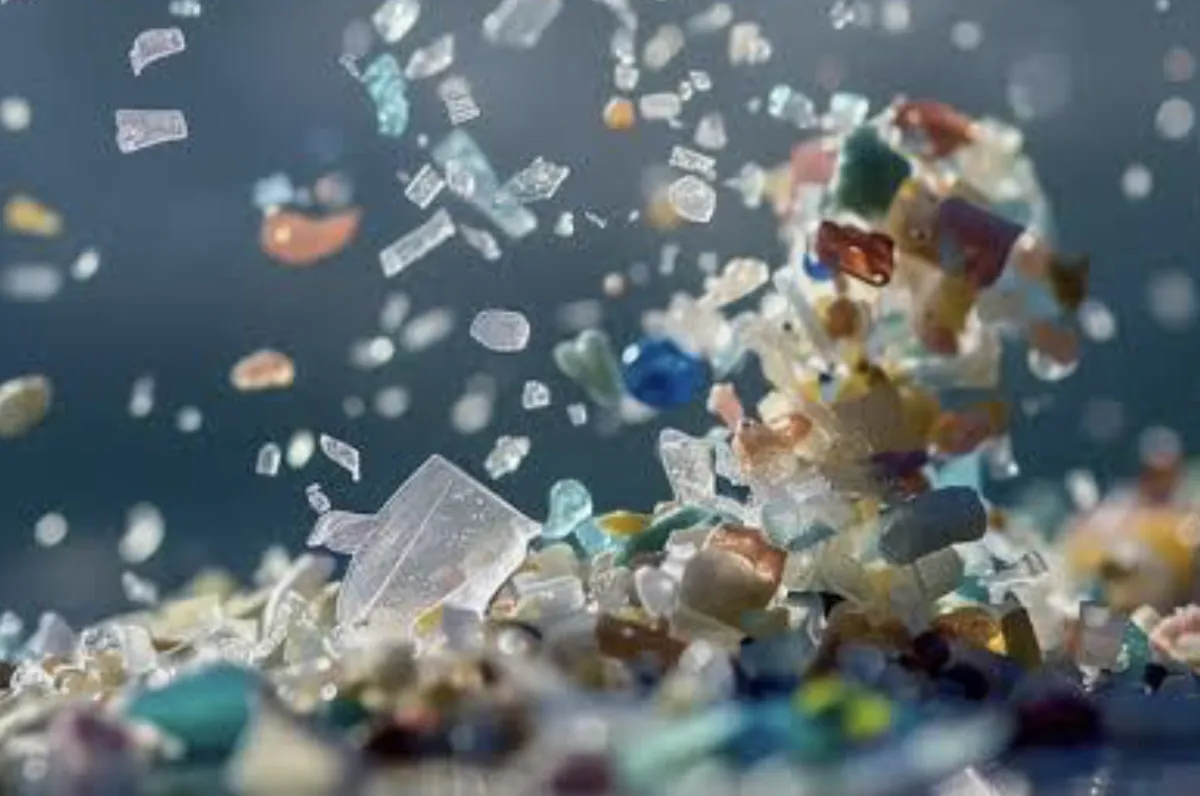
7 Ways to Keep Plastic Where It Belongs—Not in You
During my recent post-surgery recovery, I discovered BodyArmor drinks.
Cherry Berry Lemonade is my favorite. Given my Tylenol consumption, it became my wine replacement--just 10 calories in 12 ounces, and I didn't miss the wine one bit!
There's just one problem.....
Plastic bottles....
Microplastics are everywhere. They’ve been found in our blood, liver, lungs, even the brain.
While they're invisible, the damage they may cause is not.
According to the BBC, a review of 17 studies found that the amount of microplastics we’re ingesting—via bottled water, seafood, and salt—is close to levels that can trigger cell death and immune system reactions like inflammation, oxidative stress, and damage to cell walls.
It's nearly impossible to eliminate exposure, but you can reduce it.
Reduce Your Plastic Exposure
1. Cook more whole foods at home.
Ultra-processed foods go through a plastic-heavy journey of plastic tubing, conveyor belts, workers wearing polyvinyl chloride gloves, and packaging. Produce comes in biodegradable packaging—skins, peels, and rinds. When possible, avoid buying produce packaged in plastic.
2. Switch to loose-leaf tea.
Many tea bags contain plastic. The silky ones, often pure plastic can shed billions of microplastics into a single cup. Opt for loose-leaf tea with a metal strainer instead.
3. Don’t heat food in plastic.
Plastic, food, and heat make a terrible trio as heat can release microplastics—and cause chemicals to leach into food. Use glass or ceramic in the microwave, never plastic. Avoid boil-in-bag frozen entrées or cooking any food covered in plastic--even sous vide. If a package says “NOW BPA FREE!” remember that claim doesn’t address microplastics. The plastic could contain a different bisphenol that is just as bad.
4. Store food in glass, ceramic, or metal.
Reusing single-use plastic containers may seem thrifty, but over time, they degrade and shed more plastic with every reuse Save them for storing non-food items like buttons, safety pins, or screws instead.
5. Drink from real mugs.
Disposable cups are lined with plastic that prevents drinks from leaking all over you....and releases microplastics into your drink. Ask for a real mug at cafés or bring your own.
6. Avoid drinks bottled in plastic.
Besides the environmental issues, bottled water can contain up to 240,000 pieces of micro- and nano-plastics per liter.
Bottled water contains about 60 times more microplastics than tap water.
More particles are released with each open/close twist of the cap.
7. Ditch plastic cutting boards.
Each knife stroke releases slivers of plastic into your food. Switch to wooden boards—they’re durable, safe, and often naturally antimicrobial.
Meet the silicone foldable bottle!
It's sometimes hard to avoid buying bottled water, particularly in airports. I try to carry an empty bottle to fill at water fountains but the bottle becomes cumbersome.
These foldable bottles are awesome--lightweight and space-efficient. They shrink as you drink.
Save money, save the planet, and protect your health—all with one simple bottle swap!